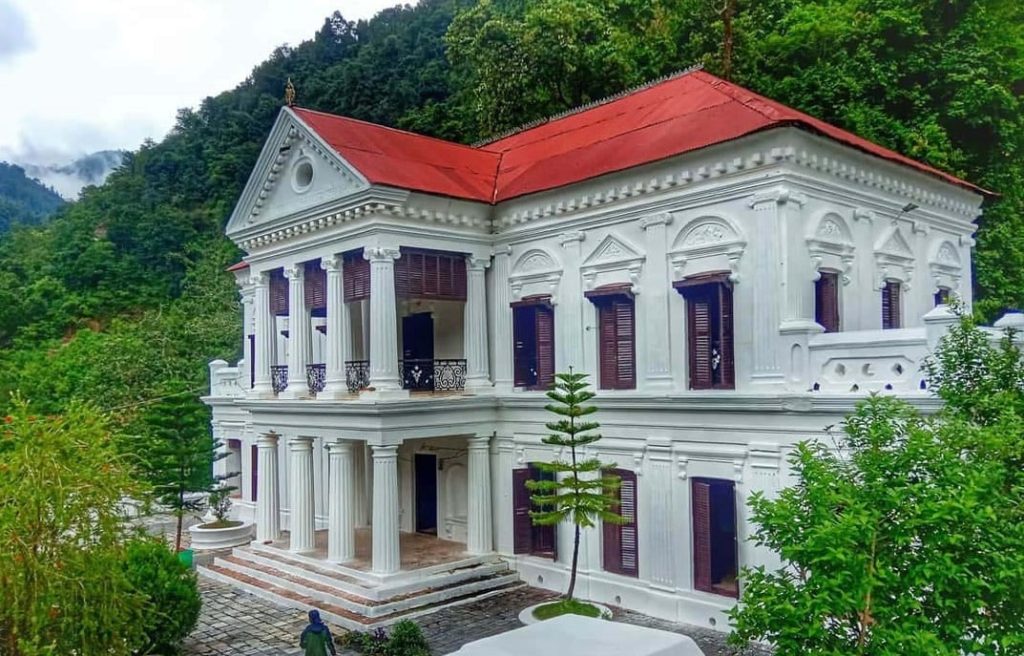
Lumbini Province, situated in the southwestern plains of Nepal, stands as a profound testament to the nation’s spiritual heritage and cultural richness. Lumbini Province covers 22,288 square kilometres and includes twelve diverse districts. It is a land where history, faith, and nature meet in harmony. From the peaceful birthplace of Lord Buddha to the cultural vibrancy of Tansen and the natural beauty of Nawalparasi, Lumbini is fast emerging as one of South Asia’s top travel destinations.
Formed after the promulgation of Nepal’s new constitution in 2015, Lumbini Province derives its name from its most sacred landmark- Lumbini, the birthplace of Siddhartha Gautam, who later became the Buddha. This holy land, located in Kapilvastu, holds an unrivalled place in world civilization. Recognised by UNESCO as a World Heritage Site in 1997, Lumbini represents the universal message of peace, compassion, and enlightenment that transcends borders and religions.
Today, Lumbini is more than a pilgrimage site. It is a thriving symbol of Nepal’s soft power, promoting spiritual tourism, cross-cultural understanding, and sustainable development. In 2025, The New York Times placed Lumbini ninth among its “52 Places to Visit in the World,” acknowledging its rising global prominence.
The Sacred Birthplace of Buddha
At the heart of this transformation stands the Mayadevi Temple, the sanctum marking the exact spot where Queen Mayadevi gave birth to Siddhartha Gautama in 623 BCE. Within the temple lies a marker stone and a sculpture depicting the nativity scene, surrounded by ancient ruins that narrate over two millennia of history. Nearby, the Ashokan Pillar, erected by Emperor Ashoka in 249 BCE, immortalizes the site’s authenticity through inscriptions that confirm the Buddha’s birthplace.
The Sacred Garden, the World Peace Pagoda, and monasteries built by Buddhist nations—from Thailand and Myanmar to Germany and France—enhance the site’s serenity and cosmopolitan appeal. Each monastery reflects distinct architectural and spiritual traditions, making Lumbini a living museum of global Buddhism and interfaith harmony.
A Rising Hub of Cultural and Eco-Tourism
While Lumbini remains the province’s spiritual heart, its tourism potential extends far beyond the sacred gardens. The hilly districts of Palpa and Arghakhanchi, for instance, showcase breathtaking landscapes and centuries-old heritage. The picturesque town of Tansen, nestled on the slope of the Shrinagar Hills, offers visitors a delightful blend of history, culture, and artistry. Once a thriving center of Newar craftsmanship and trade, Tansen still mesmerizes travelers with its cobbled streets, wood-carved houses, and panoramic views of the Himalayas. Just a short drive away lies the majestic Rani Mahal, often called the “Taj Mahal of Nepal.” Built in 1893 AD by General Khadga Shamsher Rana in memory of his beloved wife, this riverside palace on the banks of the Kali Gandaki radiates romance, history, and architectural grace.
Equally enchanting is Nawalparasi, a district that bridges spirituality with nature-based tourism. From the tranquil Maula Kalika Temple in Gaindakot to the spiritual grandeur of CG Shashwat Dham, visitors can explore Nepal’s living traditions. The Nawalparasi section of Chitwan National Park, a UNESCO World Heritage Site, offers thrilling jungle safaris and is home to endangered species like the one-horned rhinoceros and the Bengal tiger.
For those seeking authentic rural experiences, Amaltari Tharu Homestay provides a heartwarming immersion into Tharu culture, traditional cuisines, and local art forms. The nearby Triveni Dham, where the Gandaki, Narayani, and Trishuli rivers meet, attracts thousands of pilgrims during annual fairs. The Ramgram Stupa, believed to house one of the original relics of the Buddha, adds yet another layer of Buddhist sanctity to the region.

Sustainable Growth and Global Recognition
The establishment of the Gautam Buddha International Airport has revolutionized accessibility, connecting Lumbini directly to major Asian cities and global Buddhist circuits. This has opened new avenues for regional economic growth, hospitality expansion, and cultural exchange.
Tourism entrepreneurs believe that the combination of international recognition and local engagement will make Lumbini a sustainable success story. The provincial government has also prioritized eco-tourism and community-based initiatives, promoting responsible travel in areas like Devchuli Hill, Shivaghat, and Kawasoti Tharu Village. These programs aim to empower Indigenous communities, create employment, and enhance visitor interaction with authentic local lifestyles.
From Forgotten Past to Global Future
Lumbini’s journey mirrors Nepal’s broader transformation in tourism. The construction of international monasteries, new meditation centers, and the inauguration of the Thousand Temple Project in 2024 reflect a cultural renaissance that continues to reshape the province’s identity. Today, Lumbini is no longer just a historical site but a living sanctuary of peace and progress. As Nepal moves toward sustainable tourism recovery, Lumbini Province stands at the forefront—a land where divinity meets development, and where every sunrise rekindles the message of peace taught by the Buddha himself.